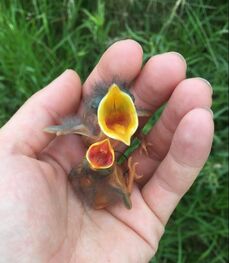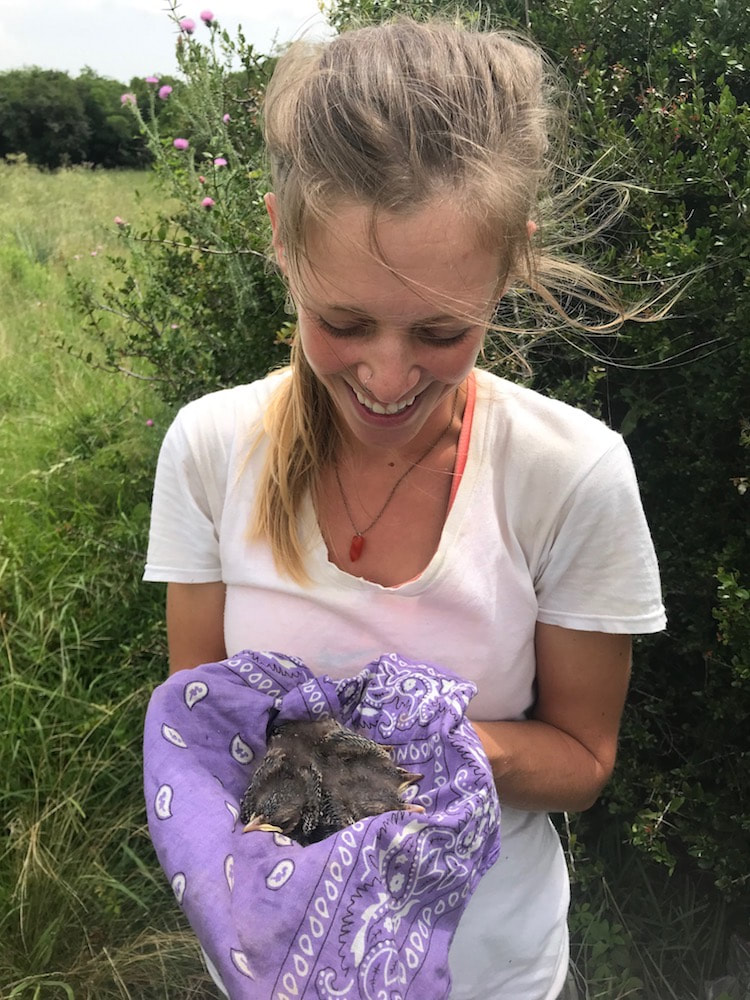DISSERTATION RESEARCH: EFFECTS OF PREDATORS AND PARASITES
ON MOCKINGBIRD FITNESS IN ARGENTINA
|
Almost all environments are rich with natural enemies, like parasites and predators. Consequently, most animals will have to contend with more than one enemy at the same time. Understanding how parasites and predators interact with each other, and how these interactions affect the fitness of their victims, is a critical but poorly understood issue in ecology.
In my study system in Argentina, I investigated how chalk-browed mockingbirds deal with two very different types of nest parasites: one is a blood-sucking parasitic fly, Philornis seguyi, and the other is a brood-parasitic cowbird that lays its eggs in mockingbird nests for adults to rear their parasitic offspring. I studied the combined effects of these parasites on their mockingbird hosts in a predator-rich community, and examined the role that predators may play in mediating the impact of nest parasites on host fitness. |


